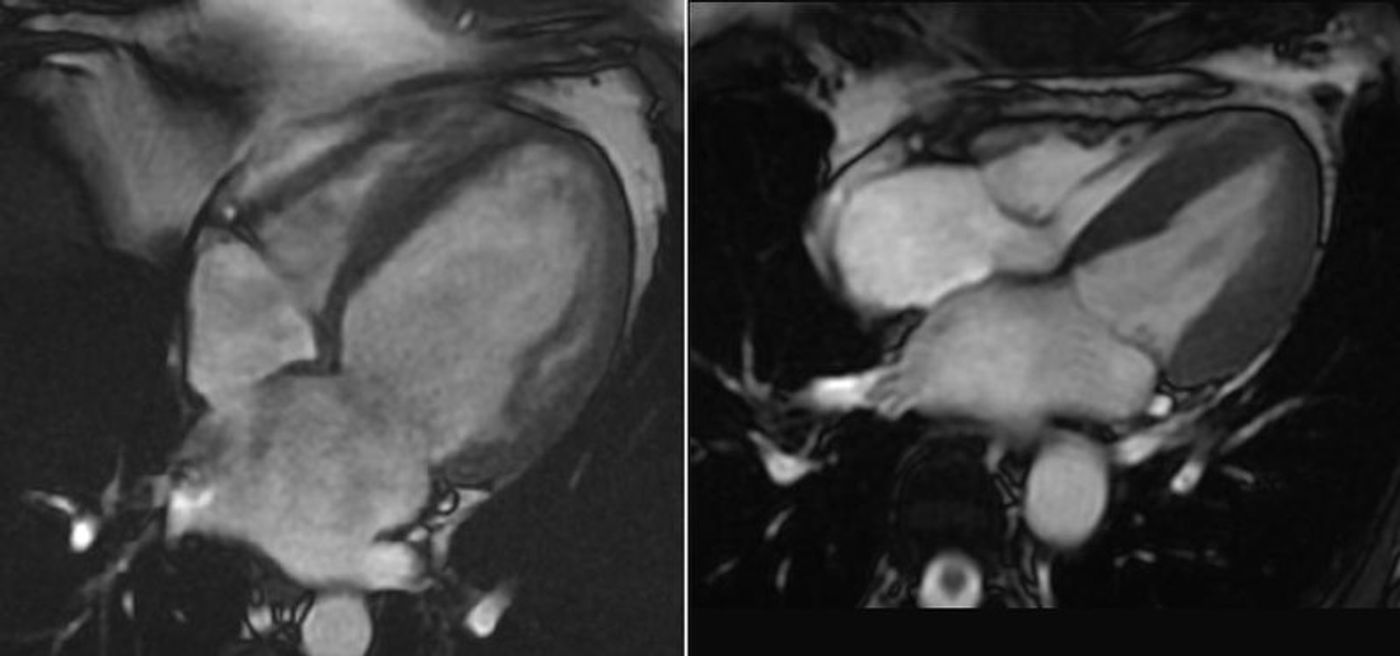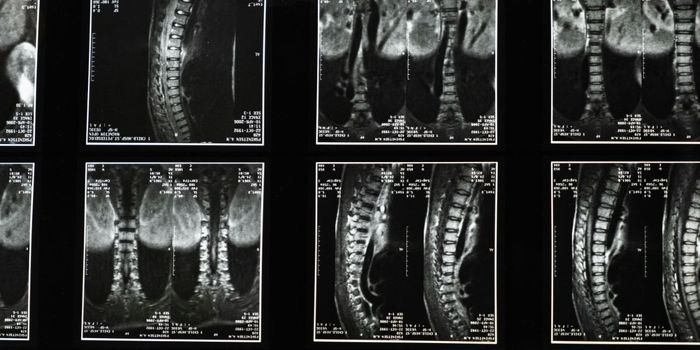New MRI Technology Detects Any Disease Involving Inflammation
Advances in medical imaging technology are helping scientists identify diseases related to inflammation better than ever. From Binghamton University, scientists introduce their new MRI (magnetic resonance imaging) technology to detect an assortment of diseases, including heart disease.
The new technology is a nanoparticle-based contrast agent designed especially for MRI; the nanoparticles, called superparamagnetic iron oxide nanoparticles (SPIOs), act as molecular biosensors. When injected, they show areas of inflammation when activated. This new imaging technique could help medical professionals with detection, diagnosis, and prognosis, all with better accuracy.
"Doctors use factors like blood pressure and cholesterol level to get an idea of a patient's risk. Then they use plaque size as a general measure of whether a person has the disease," explained Amber Doiron, who designed the new technology alongside her partner from Temple University. "But there's a fairly poor correlation between plaque size and heart attack or stroke."
Atherosclerosis is a form of heart disease where plaque builds up in the arteries. Plaque can be made up of fat, cholesterol, calcium, and other things that hardens and narrow the blood vessels, preventing the flow of oxygen-rich blood to the body’s tissues. Atherosclerosis often leads to heart attack and stroke.
Several risk factors contribute to the development of atherosclerotic plaques:
-
Low levels of “good” cholesterol, high levels of “bad” cholesterol
-
High blood pressure
-
Smoking
-
Diabetes
-
Being overweight or obese
-
Physically inactive
-
Age
-
Family History
In addition to detecting atherosclerosis, the new MRI technology has the potential to provide diagnostic information about allergies, asthma, hepatitis, and transplant rejection. The nanoparticles could be used to identify the exact location of inflammation, which could be useful in a handful of contexts.
The present study was published in the journal Colloids and Surfaces B: Biointerfaces.
Sources: National Heart, Lung, and Blood Institute, Binghamton University









